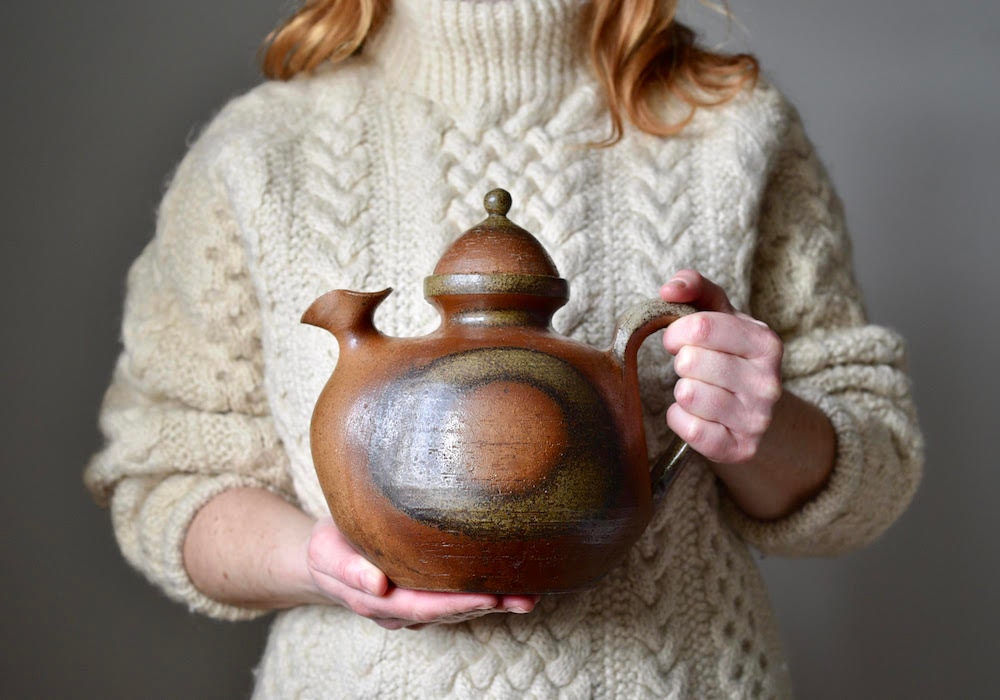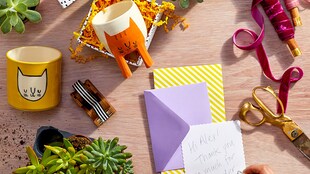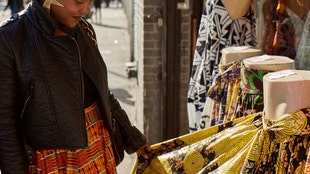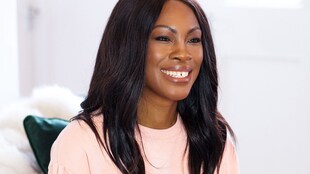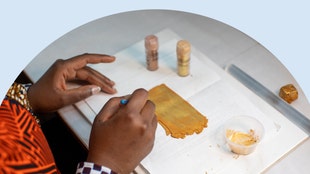Editor's note: April 22 is Earth Day! To celebrate, we're talking with vintage seller Alva Mac Gowan about how sustainability impacts her approach to running a shop, from sourcing secondhand items to recycling packing materials.
It was 2007 when Alva Mac Gowan first encountered the historic vessel that would years later carry her into a new chapter of life, to setting down roots in a new country and launching her own creative business. In the company of 100,000 fellow Dubliners, she greeted the Sea Stallion of Glendalough, a 100-foot long reconstructed Viking long ship, as it sailed into the Dublin harbor during a seven-week journey along the coast of Scotland and England following its launch in Denmark. “The atmosphere that afternoon was incredible,” says Alva, a lifelong lover of art and history. The faithful reconstruction struck a chord for the freelance archeologist, echoing her time at university studying archaeology and art history.
Nine years later, she set sail herself on the Sea Stallion of Glendalough in Scandinavian water, jumping at the chance to join its crew of 60 Danes. Despite never having sailed before, she was eager for a new adventure and creative stimulation. “I love Ireland. But for most of my adult life, I’d played with the idea of living in a different country, speaking a different language, and immersing myself in the culture,” says Alva.
“The experience made a huge impression. We learned to work together, take care of one another, and let the wind decide where to take us.”
“Through that work, I found that Denmark really agreed with me,” says Alva. “The culture gave me the space I needed to be myself, so I decided to leave Dublin and make Copenhagen my new home.” In 2018 she opened her Etsy shop, Copenhagen Collected, which features a curated storefront loaded with vintage treasures. Now with over 200 sales, she prides herself on cohesive photography and an emphasis on storytelling, using her expertise as a historian in researching each item. “As an archaeologist, I’ve spent most of my career studying the lives of people who lived in the past,” says Alva. “It makes you look at life through a unique filter.”
Read on to learn how Alva's creative interests intersect in her work as an archeologist and vintage seller.
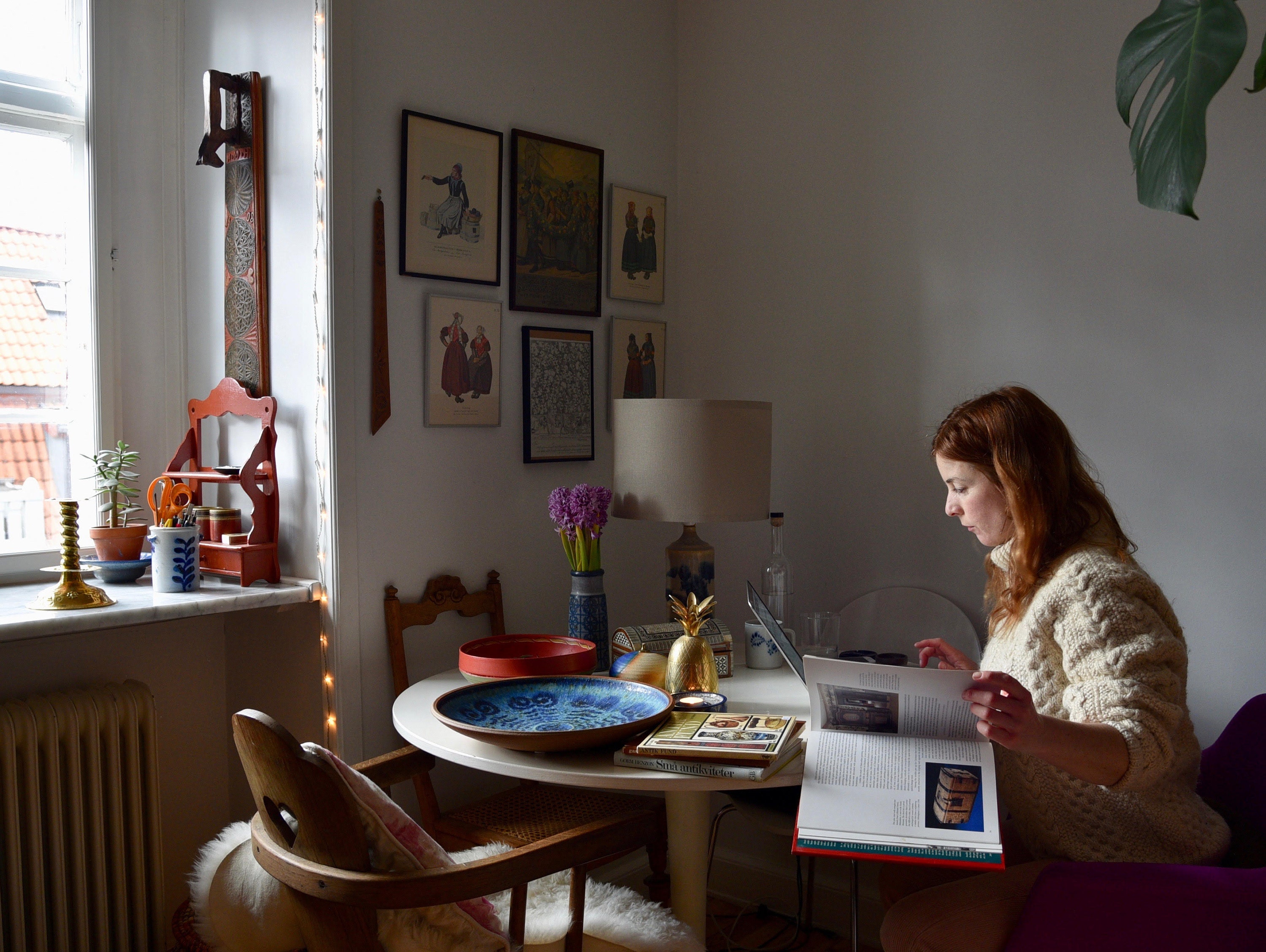
Professionally you’ve had quite a creative journey. Can you walk us through that evolution?
I never enjoyed school; I loved art but could never get my head around mathematics. Creativity wasn’t taken seriously then so it was something I had to put on hold. I went straight into university after school where I studied archaeology and art history.
After graduating I did an internship in The National Gallery of Ireland, where I worked as a guide. Since then, I’ve been working on and off as an archaeologist on various excavations and projects. During quiet periods (there have been many!) I’ve traveled and explored creative interests, including photography, art, music, pottery, and fashion styling.
How did you get started selling vintage? What are your favorite parts of the experience?
When I first came to Copenhagen, I didn’t have a lot of money, so secondhand shopping made the most sense. Plus, I’ve always loved vintage goods. It takes a lot of patience to have a good rummage, but the more I went into secondhand shops, the more I learned what to look out for.
Now I approach the process like archaeology: I dig deep and keep an eye out for the hidden gems.
There’s a saying here, “Genbrug er guld”, or “Secondhand is gold.” Buying secondhand is a huge part of Danish culture and it’s for everyone to enjoy. There’s plenty to go around! It enables students and low-income families to live cheaply, prevents landfills swelling unnecessarily, lessens the demand for new products, and enables people to make money on the side.
After exploring so many of these stores, I got the idea to set up an Etsy shop. I’d bought vintage on Etsy throughout the years, really like the platform and the global audience offered incredible exposure instantly. I remember a friend commenting when I launched Copenhagen Collected that it was a wonderful way of using all my skills. Now I approach the sourcing process like archaeology: I dig deep and keep an eye out for the hidden gems.
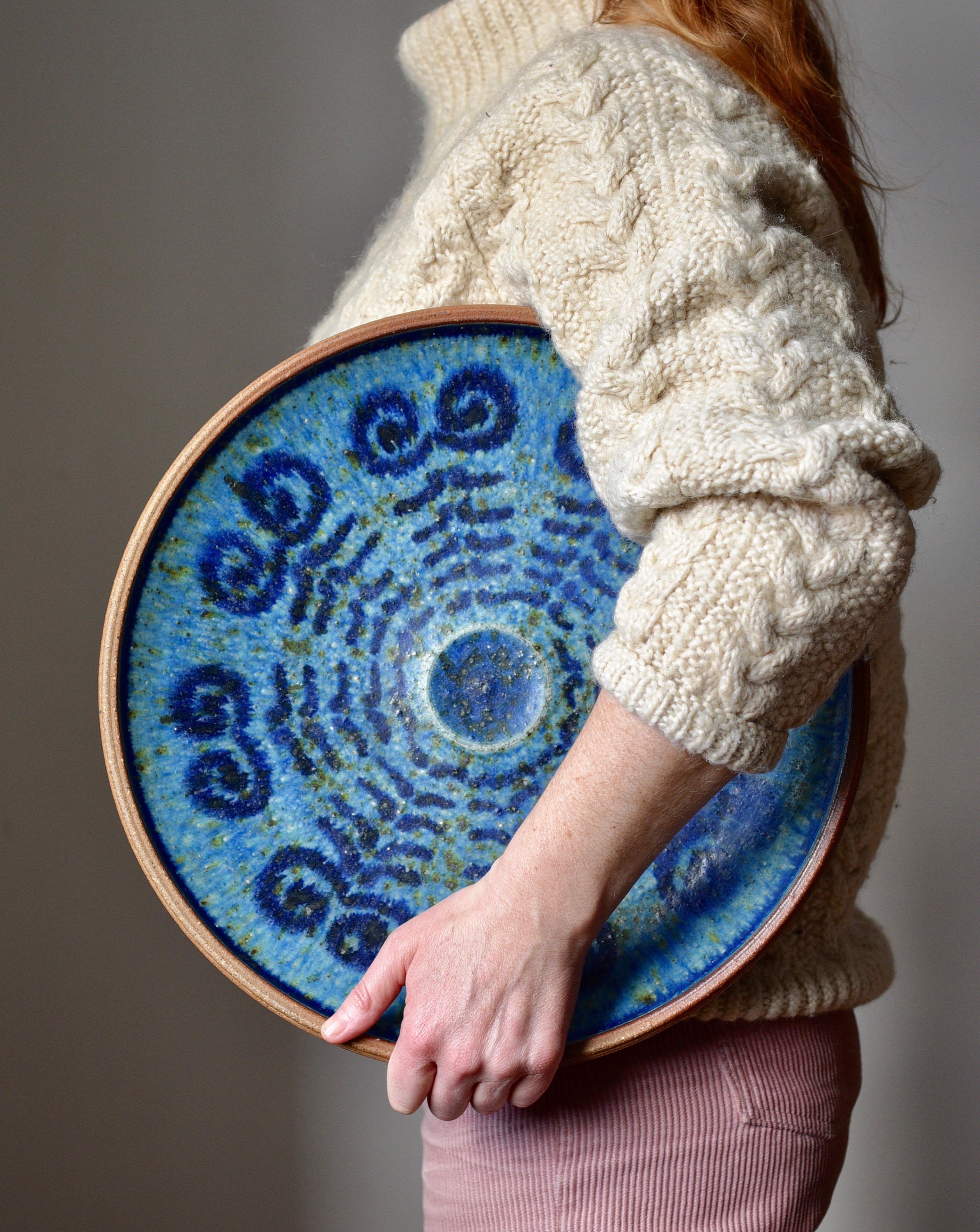
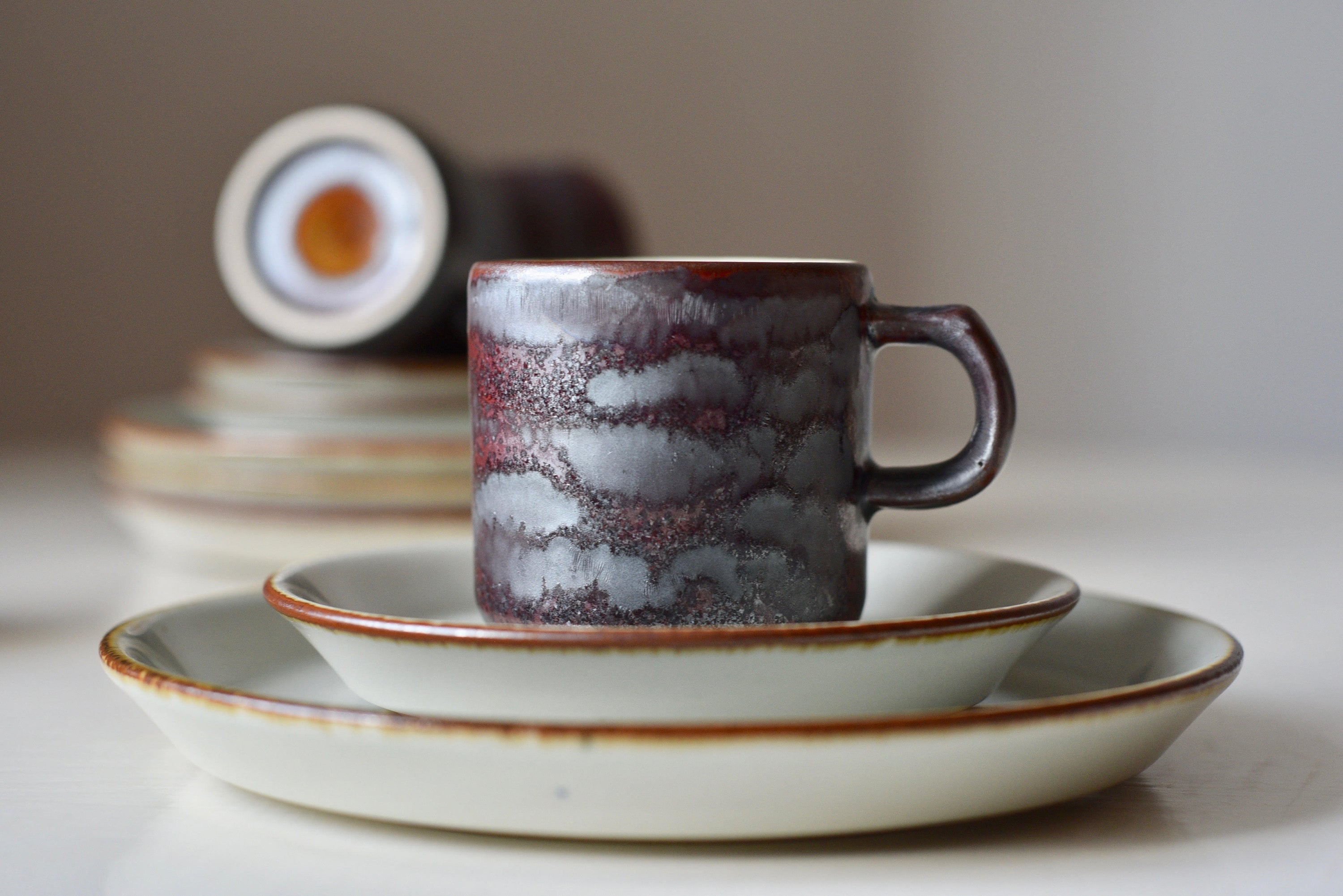
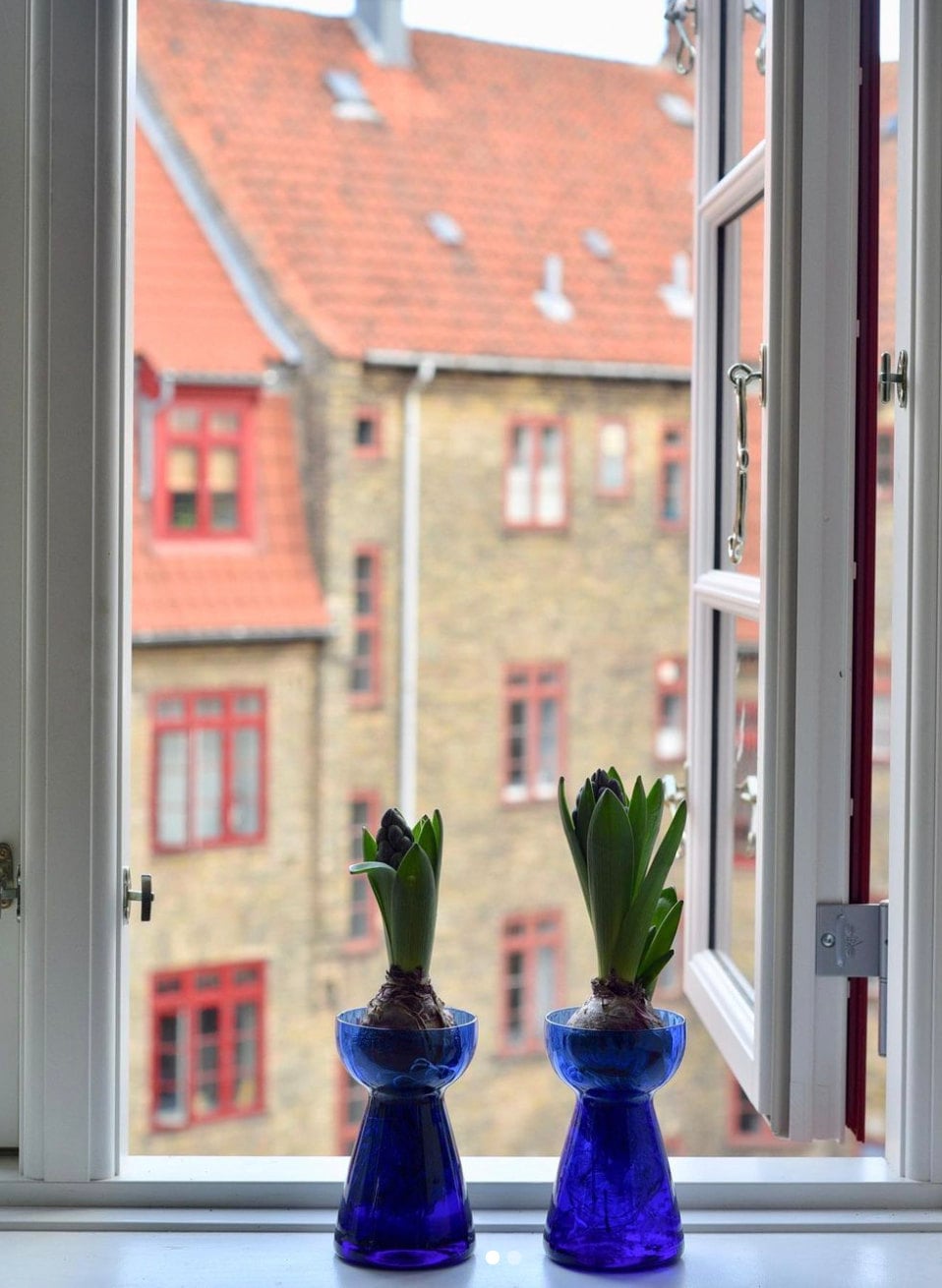 “I believe the source of creativity is like a deep well within ourselves, which we need to continually fill with experiences that inspire us,” says Alva. “I wouldn’t have been confident or focused enough in my vision for my Etsy business if I had not explored my creativity.”
“I believe the source of creativity is like a deep well within ourselves, which we need to continually fill with experiences that inspire us,” says Alva. “I wouldn’t have been confident or focused enough in my vision for my Etsy business if I had not explored my creativity.”I’d love to know more about your ongoing work as an archaeologist, what does that entail? Any highlights?
Like running a business, archaeology requires building a varied skill set, whether digging on excavations or working with artifacts as an archaeological illustrator and photographer. I also write specialist reports and catalogues.
I’ve been fortunate to work on excavations in stunning locations—the Orkney Islands in north east Scotland, one of the Greek Islands called Kythera, and a deserted Island in the Irish Atlantic called Inishark. Last summer, I worked in north west Iceland excavating a very early fishing station used by the first people to settle there in the 9th and 10th centuries.
The bulk of my excavation work has been on urban sites in Dublin and Copenhagen. One of the highlights was at Rathfarnham Castle in County Dublin, where we excavated over 17,000 artifacts from a dump of historical refuse from the late 17th century. That period in history was tremendously exciting. The world was opening up due to advances in sailing, and exotic goods were in high demand. It brought on the beginning of consumerism, and many things we use today like tooth brushes, tea, coffee, the modern shoe, and glass wine bottles. (Check out a detailed video about their discoveries at Rathfarnham Castle.)
During the excavation, we found artifacts that had been imported from as far away as China, Columbia, and Bolivia in South America. We even found a preserved 300-year-old banana skin! The Castle’s occupants had been living the high life, partying away and showing off their wealth to all their guests. Lucky for us archaeologists, they dumped the remnants into a pit, sealed it with a stone floor under a tower, and forgot about it all, leaving us an incredible window into the past.
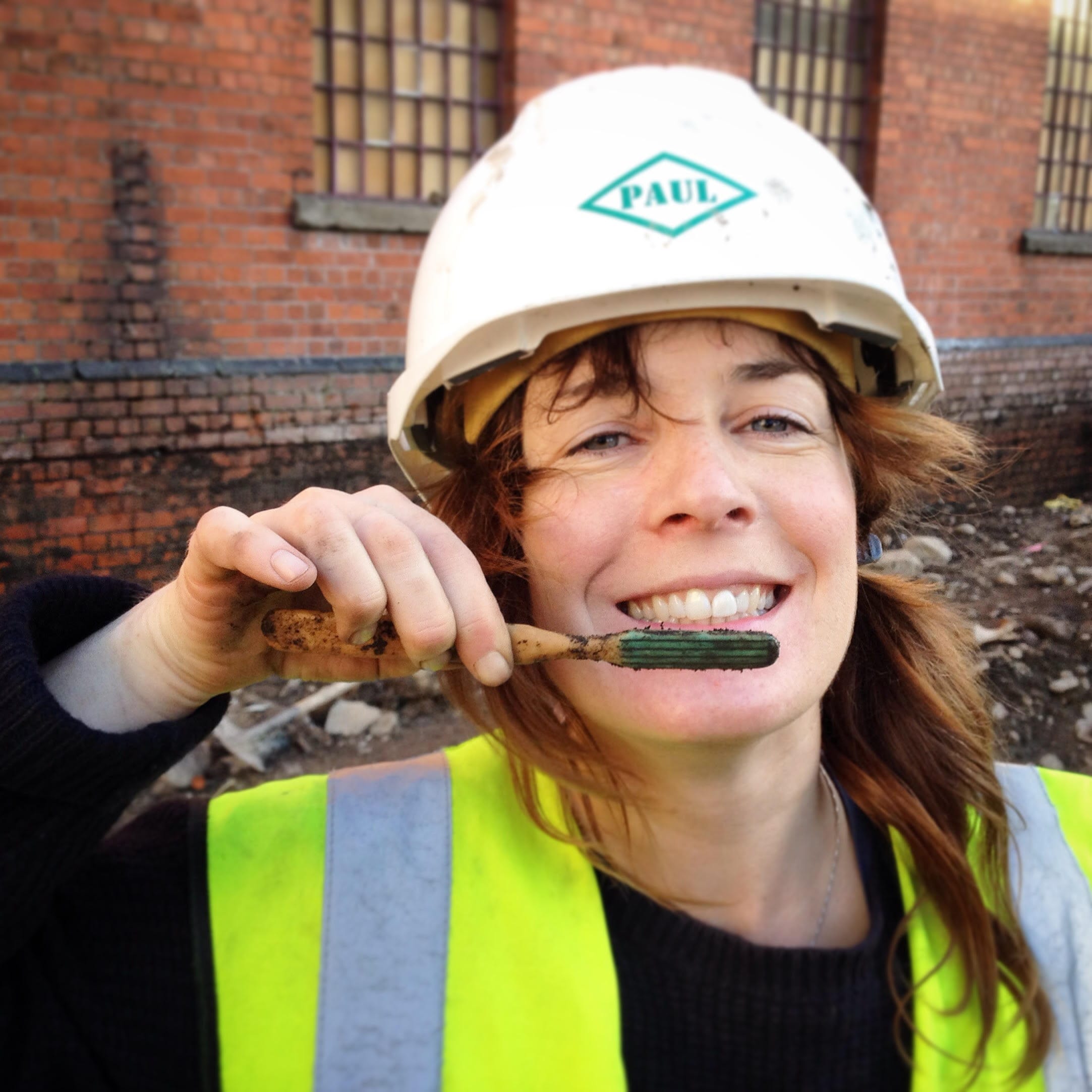
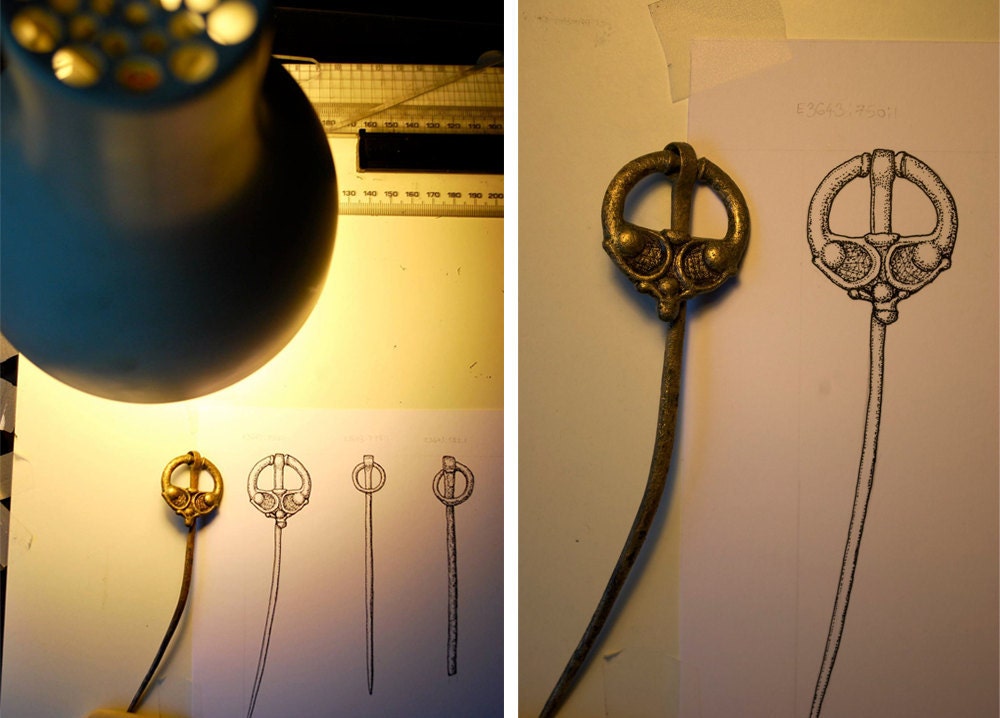 Top: Alva poses with a 19th century bone tooth brush while working on an archaeological dig in Dublin. Shown below is one of Alva's archaeological illustrations, depicting a Medieval ring pin.
Top: Alva poses with a 19th century bone tooth brush while working on an archaeological dig in Dublin. Shown below is one of Alva's archaeological illustrations, depicting a Medieval ring pin.Can you tell us a bit about your workspace and routine for photographing new items for your shop?
I run my business from home, and store all my stock in a store room in the loft of my building. I hope to get a studio eventually as the business grows. Consistency is key to me, so I keep one wall in my apartment blank and white to use as a backdrop. For each shoot, I use the same props, wear the same clothes, and try to keep the lighting the same. This creates a professional appearance that’s easier for the eye to digest. (The sweater I wear is an Irish Aran sweater that’s a nod to my heritage, with pink cords, just to keep it all neutral.)
I made a conscious decision in the beginning to use my professional SLR camera, a Nikon D750, for my product photography. Even though it takes longer, this approach has really paid off and makes the images stand out.
I like to photograph myself holding each piece, using a tripod and putting the camera on a timer. I’m quite a perfectionist, so this can take some time—getting it all aligned and in focus, with the right light and the shot free of obstructions. Keeping the item as the primary focus, I’ll play around with how I hold the pieces, giving the viewer clues to its form, dimensions, and uses. Sometimes I’ll do something humorous like peep through the object or use it to block my head while playing around in front of the camera. Thank goodness for digital photography!

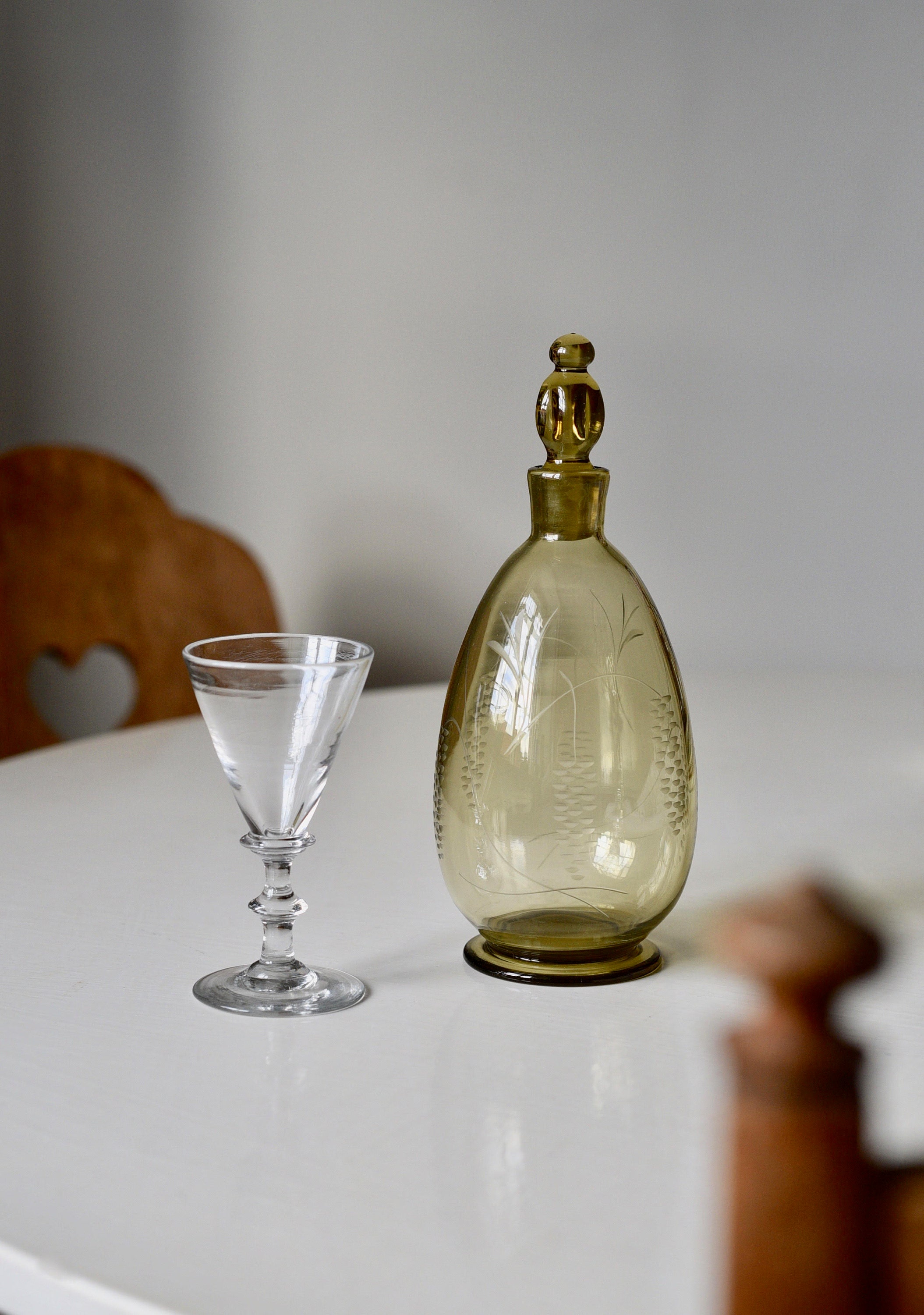
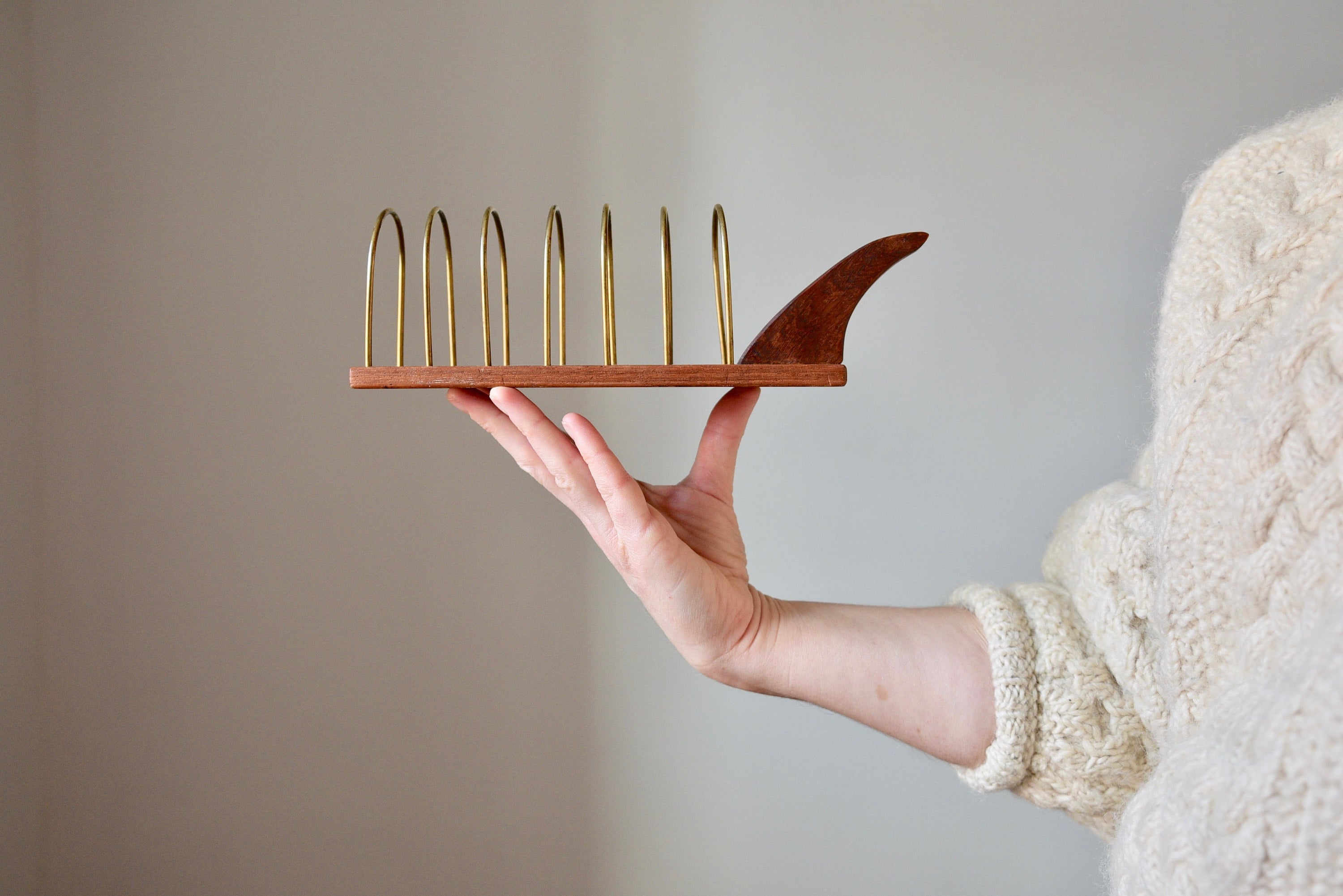 Top: A traditional 'Amager Hylde' pyramid shelf, introduced to Copenhagen by Dutch settlers in the 1700s as a way to display special trinkets and keep sakes. Bottom: A mid-century modern teak wood and brass toast rack.
Top: A traditional 'Amager Hylde' pyramid shelf, introduced to Copenhagen by Dutch settlers in the 1700s as a way to display special trinkets and keep sakes. Bottom: A mid-century modern teak wood and brass toast rack.Another huge part of the business is researching each item. I share what I uncover as “research stories” in each listing, and feel it adds value to the items. They deserve their story to be told! This work takes a lot of time, sourcing information from all over.
How does sustainability factor into your business? Is it something you consider in other parts of your business, beyond your products?
I sell secondhand items, so they’re being recycled in that sense. Plus, I buy many from charity shops that support good causes, which helps my conscience. It’s not just about saving money—it’s about creating less waste in the future and reducing the demand to produce more stuff!
Whenever possible my packing materials are also recycled. There’s a special sorting and recycling area for tenants in the building where I live, with different sections where I collect cardboard boxes for shipping, plastic packing materials like bubble wrap, and newspaper, which is excellent for cushioning fragile pieces like glass or ceramics. I only select clean material, and it helps that I’m not afraid to have a root around and see what’s available.
Due to Covid, there are more boxes than usual available, with most people doing their shopping online. I tend to hoard nice boxes whenever I find them, and have a stash in the attic that I rummage through when an order comes through. My neighbours probably think I’m a bit mad!
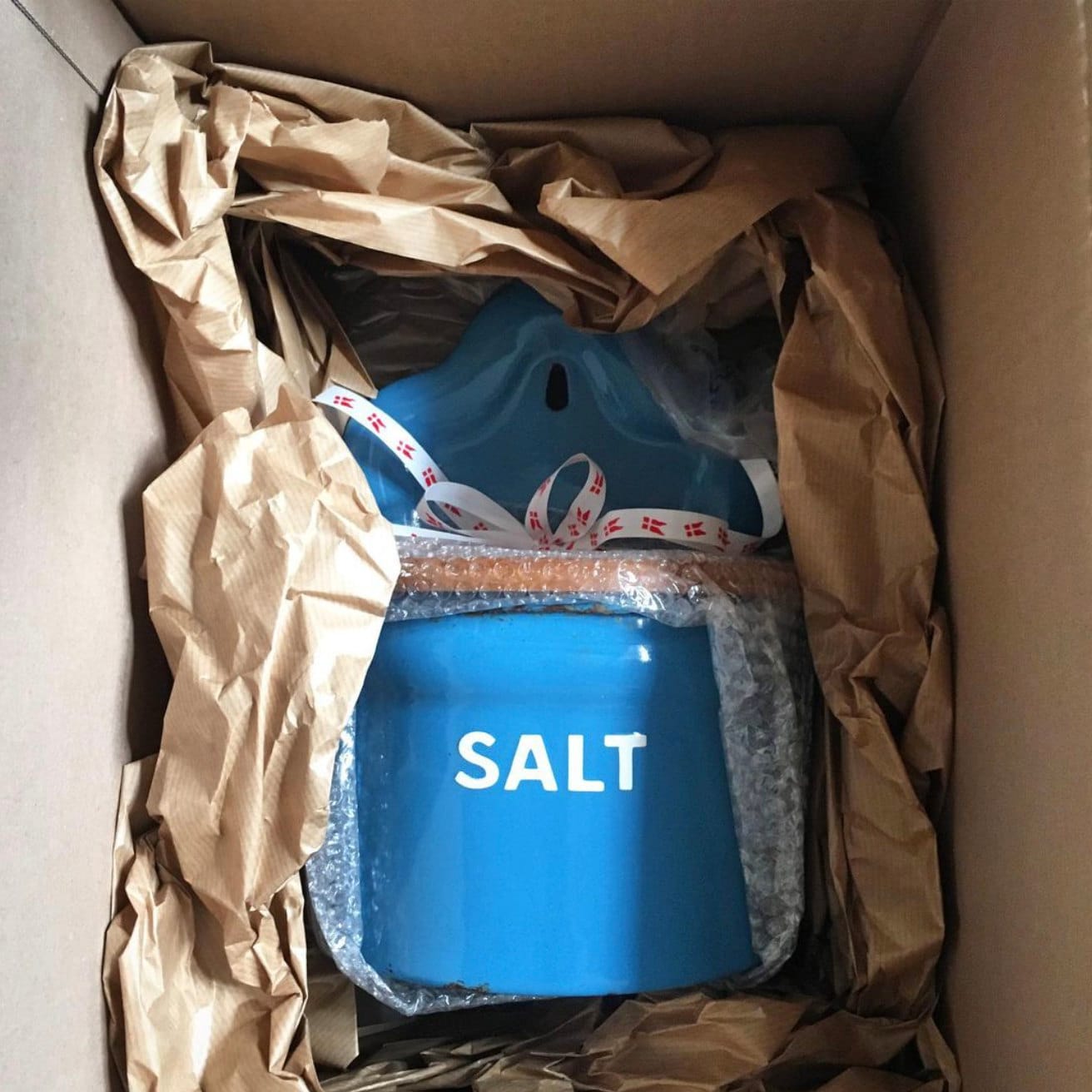
What is your relationship like with your customers? Any particularly memorable interactions?
I’ve had some very meaningful experiences with my Etsy customers, which is something I never even thought about before starting the business. I love that it feels like a very personal experience both as a shopper and seller.
Many of my customers in the US have Danish roots and share stories of grandparents or parents using certain items, which really warms my heart.
I never imagined selling could make me feel like I was bringing joy into people’s homes, but that’s what I’ve come to experience.
One customer sent me some homemade honey and beeswax all the way from New Zealand after buying a vintage ice bucket and lots of conversations back and forth about Danish design. Another man needed some hand holding before splashing out on a large ceramic mixing bowl for his wife as a retirement gift when she’d mentioned she wanted to start baking. He sent me a huge thank you after he presented it, and described her reaction when she opened the parcel. She absolutely loved it!
Those experiences are really encouraging. You need that when you work on your own, to be reminded from time to time that you’re on the right track.
Was there anything you struggled with when opening your shop? How have you addressed it? What approaches worked? Anything that didn’t?
In the beginning I struggled with pricing. I tried to be quite competitive, looking at how much other shops were selling similar items for and meeting that price or going cheaper. Then someone pointed out how much time I was investing into running the business, and how that time had just as much value as all my costs.
I looked at how much money I was investing in buying inventory, added that to my Etsy costs, and found there really wasn’t much left over. I realized I needed to raise my prices, otherwise the business wouldn’t be sustainable. So, I increased my prices and started investing in more expensive pieces that would give a larger return. This approach worked straight away; two years on my profits are four times more than last year.
I also had a couple of shipping breakages at the very start. I gave the customers a full refund straight away, and then did some thorough research on how to safely pack delicate items before sending them off. There are loads of videos on YouTube and you don’t have to spend a fortune on packing materials, most of it you can recycle from home. Sometimes it takes me the better part of an hour to pack an order now, which is annoying, but necessary!
I’ve also upgraded my delivery options so that all my items are trackable. It helps give me and my customers peace of mind, especially when there was a big backlog in the sorting offices at the start of Covid.

What are your favorite tools or techniques that you’d recommend to new sellers?
I use stats often to keep an eye on shop’s traffic and compare sales to the previous year. It’s helped me see that when I add new listings, my views increase significantly. The lesson there for me is to keep a steady trickle of new listings instead of posting them all at once. People like to see that your shop is active. Plus, when they’ve favorited your shop, they’re notified every time something new is posted.
It’s also important to use up all your tags, and try to post as many photographs as possible. I’ve started posting listing videos as well, which is easy and great for pieces that don’t translate as well in still photos.
Any closing thoughts on how your work in archaeology informs your business?
The archaeologist in me can’t rest until I’ve found the story behind the pieces I sell. It’s so exciting to find new information, and makes me fall in love with each piece a little more. Those details also bring the items to life for shoppers, and increases their value. I always add a note with all the information I’ve collected when I pack my orders. Most customers really appreciate this, especially if it’s a gift. It’s so special when customers write to tell me why they chose to buy an item, because they often have their own stories to share.
Photography by Alva Mac Gowan
Shop Copenhagen Collected
How does sustainability factor into your small business operations? Let us know in the comments below.
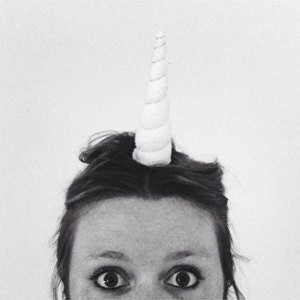 Words by Katy Svehaug
Words by Katy Svehaug
Katy Svehaug is a Senior Content Strategist at Etsy.
